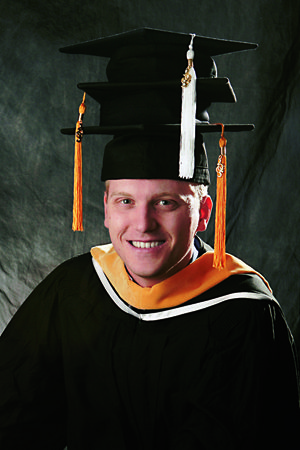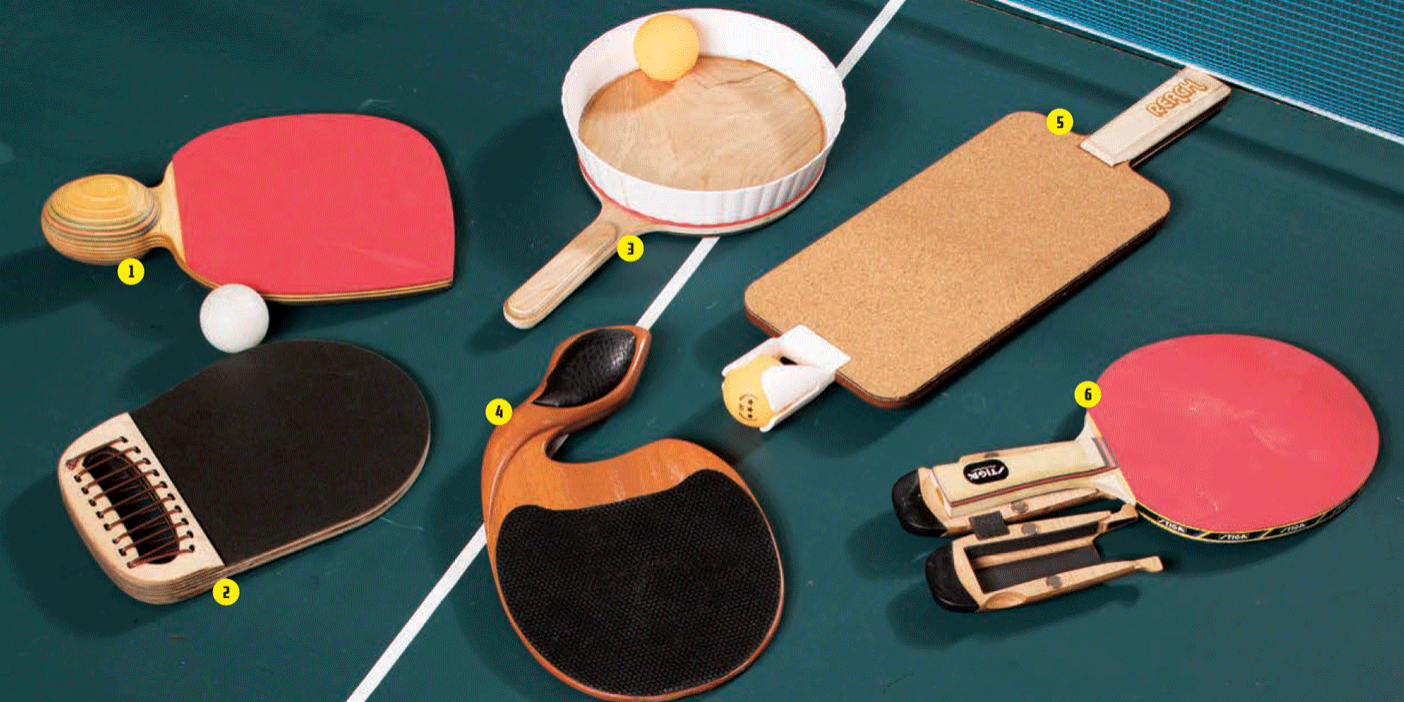What do you get when you put eight different majors together on a project?
Once upon a time, Humpty Dumpty and Cinderella journeyed through a dark, deadly forest in search of their kidnapped friend. Never heard this fairytale before? Perhaps you’re more familiar with the story of Pinocchio and Peter Pan saving the day with a magic wand. If these stories don’t ring a bell, don’t worry; that’s just what their creators, students in BYU’s Laycock Center for Creative Collaboration, intended.
The Library of Congress commissioned them to get kids back into books. And the BYU students used the very media that books are competing with to do it.
Their online game, Readers to the Rescue, allows kids to unlock books by creating their own animated, choose-your-own-adventure fairytales. “I had no idea how wonderful it was going to be,” says John Sayers, Library of Congress communications officer, of the final product. “I don’t think anything we’ve ever done along these lines ties so directly into reading and does it in such a delightful manner.”

From animation for the Library of Congress to an interactive campus tour to a viral YouTube video featuring Vocal Point, the Laycock Center is a hub for student creativity.
Readers to the Rescue is just one of many projects putting the Laycock Center, the creative think tank of BYU’s College of Fine Arts and Communications, on the map. In the past year alone, the center has created hundreds of videos, developed five websites, made a virtual tour of the BYU campus, and more.
The center, launched via an endowment from an anonymous donor, was created to give students a platform for creative, interdisciplinary collaboration, a place where students in film and advertising and computer science—and any other major—can work as one; students from eight majors worked on Readers to the Rescue. “The best and most innovative creative thinking cannot come from a single-discipline-minded person,” says Laycock Center director Jeffrey A. Sheets (BA ’98). When he presented the center to the Library of Congress, it was an easy sell. To bring attention to national issues, like getting kids to read, “we [need] this idea of cross-pollination and interdisciplinary collaboration,” says Sheets.
Laycock projects run the gamut. One week they’re putting you in the middle of BYU’s Philharmonic Orchestra by mounting dozens of GoPro cameras on violin bows and xylophone mallets. Another week they’re bringing together a capella group Vocal Point, three BYU dance teams, and film students to create a one-shot Newsies medley video that has received approximately 250,000 views on YouTube. The center also helped guide more than 200,000 visitors through the Museum of Art’s Sacred Gifts exhibition with an iPad tour and introductory video.
While the center’s endowment gives students the freedom to experiment, they also find opportunities and funding from outside sources, like the Hyundai Lens of Loyalty contest. The contest gave seven universities $10,000 each to prove that they had the most loyal fans. The Laycock team solicited videos from BYU fans across the globe, then spent their $10,000 on airfare to Provo and football tickets for the most loyal fans, like the cancer survivor and amputee who watched BYU football to keep his spirits up during chemotherapy. The Laycock students put the fan videos together in a piece that won the contest and earned the center another $10,000.
And the center just landed its largest paycheck to date: a $2 million National Science Foundation grant to make a video game promoting science, technology, engineering, and mathematics education—a project that will require both scientists and animators.
“A lot of times we get into a groove of ‘This is what I’m good at’ or ‘This is what I’m studying,’ and I don’t think we collaborate enough,” says Lane G. Russell (BA ’14), film student and Laycock Center employee. “When you . . . surround yourself with other creative, talented people, then you learn, and anything you’re working on gets a lot better.”
Check out Laycock Center projects at thecenter.byu.edu.









